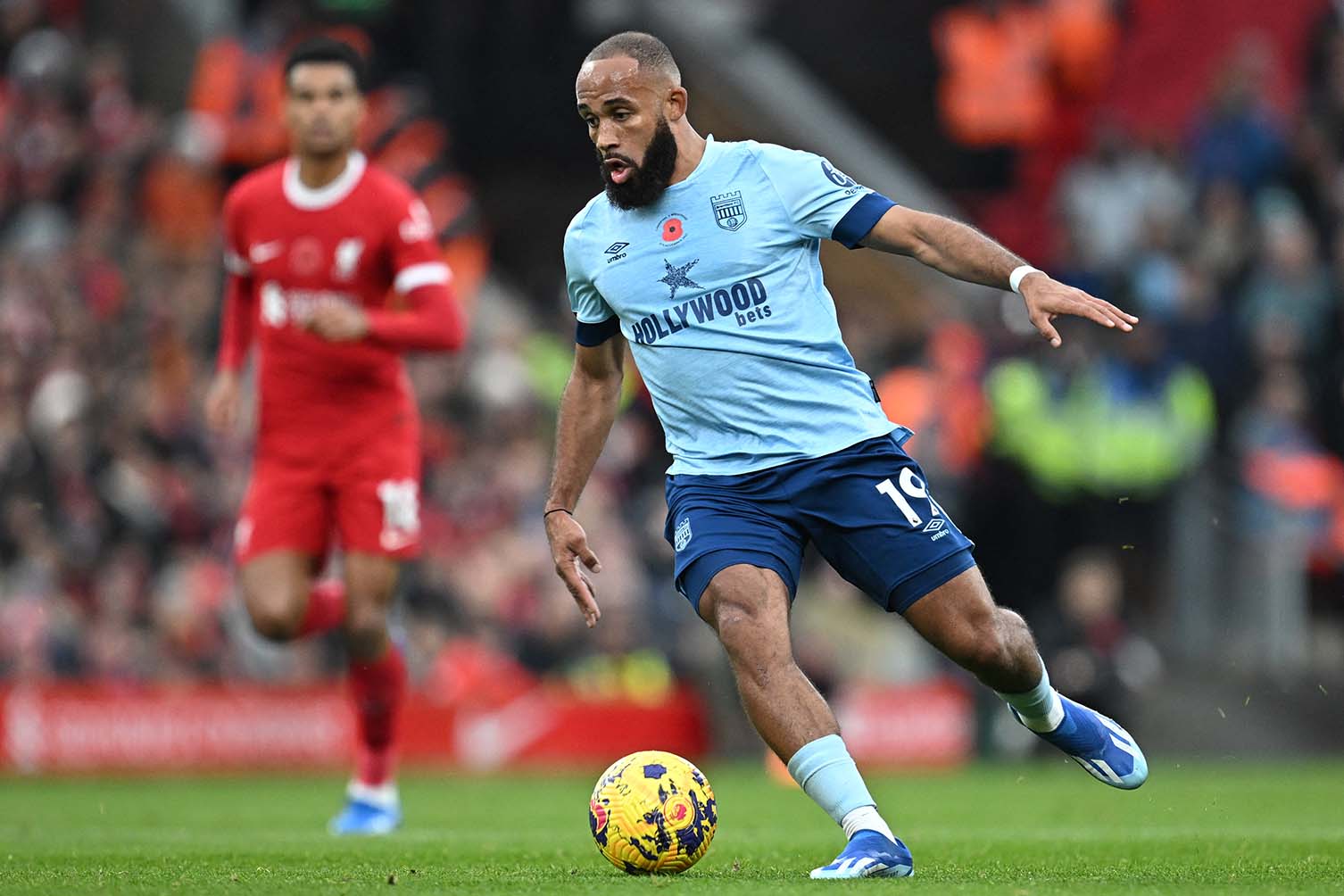The Red Devils have scored just 44 goals in the 2024-2025 Premier League, the lowest in the competition era. Therefore, an attack defense renovation is urgent. However, the question is whether the new attacking trio can be harmonious and explosive in Ruben Amorim's tactical system?
The most basic test is the position with the question of whether they will step on each other on the pitch or not? Sesko has not had any official training session, while Mbeumo and Cunha have only played together for 45 minutes in the friendly match against Everton. In theory, these 3 stars can form a balanced trio. Last season's contact map data shows that Mbeumo works mainly on the right wing, Cunha prefers to drift into the middle from the left wing instead of sticking to the wing, while Sesko is a typical striker, sticking to the midfield.
However, letting these 3 stars play in their favorite positions does not mean harmony. The core question is how they coordinate, such as whether the center forward moves at the right pace to make the two wings pass their favorite passes? Can they form a closed pressing block?

Cunha and Mbeumo have similar qualities, which makes it easy for them to keep up with each other. Both can get the ball up quickly thanks to their ability to dribble smartly and pass progress, which are skills many Man United players did not have last season. Cunha also has experience playing as a left-sided No. 10 in the 3-4-2-1 formation at Wolves. This is the system Ruben Amorim is also applying at Man United.
The question is how will Sesko connect with the other two? Partly because the 22-year-old striker lacks experience. In addition, he has had inconsistent form at Leipzig in the past 2 years. When he first arrived at Leipzig, he was used as a "banno-ying blocker", the highest player, waiting for the opportunity to finish in the 16m50 area. However, last season, when Leipzig declined and encountered problems with lack of creativity like Man United, Sesko often had to retreat deep to participate in deploying the ball.
To better understand Sesko's suitability, we can look at the model of striker Cunha and Mbeumo who have combined well, and compare with Amorim's requirements. Despite their similar style, Mbeumo and Cunha are looking for different elements from the striker.
Last season, Mbeumo collaborated with Yoane Wissa at Brentford 166 times, while Cunha only had 80 combinations with Jorgen Strand Larsen at Wolves. With Mbeumo not only a short combination, he also benefits from Wissa's ability to move freely, who often stretches the opponent's defense with cross moves, creating space for Mbeumo to cut in and shoot.
Cunha likes a striker who plays low, builds a wall thanks to his good physique, like Strand Larsen supported him with quick passes on the edge of the penalty area, creating conditions for the Brazilian striker to run from the left wing.


At Leipzig, Sesko showed that he has the ability to play behind and connect well with the midfield. According to SkillCorner data, the 22-year-old star is among the strikers who have made many "back-to-back" moves and "supported the Bundesliga's fastest players" in the last 2 seasons. This shows that Sesko can play a role as a wallflower, quickly coordinating with Mbeumo and Cunha in short films.
However, what Amorim really needs in a striker is long runs, heading straight behind the defense, a move that stretches the defense and opens space for the two "number 10s" to operate. Sesko did this more in his first season at Leipzig but saw less in last season. On the contrary, Rasmus Hojlund was very caring to run around, although he often did not participate much in the ball deployment process.
Amorim's Man United are a slow and patient team. Only Man City have a lower ball deployment rate in the Premier League last season. However, long passes to the sidelines for the centre-forward are still an important weapon.











